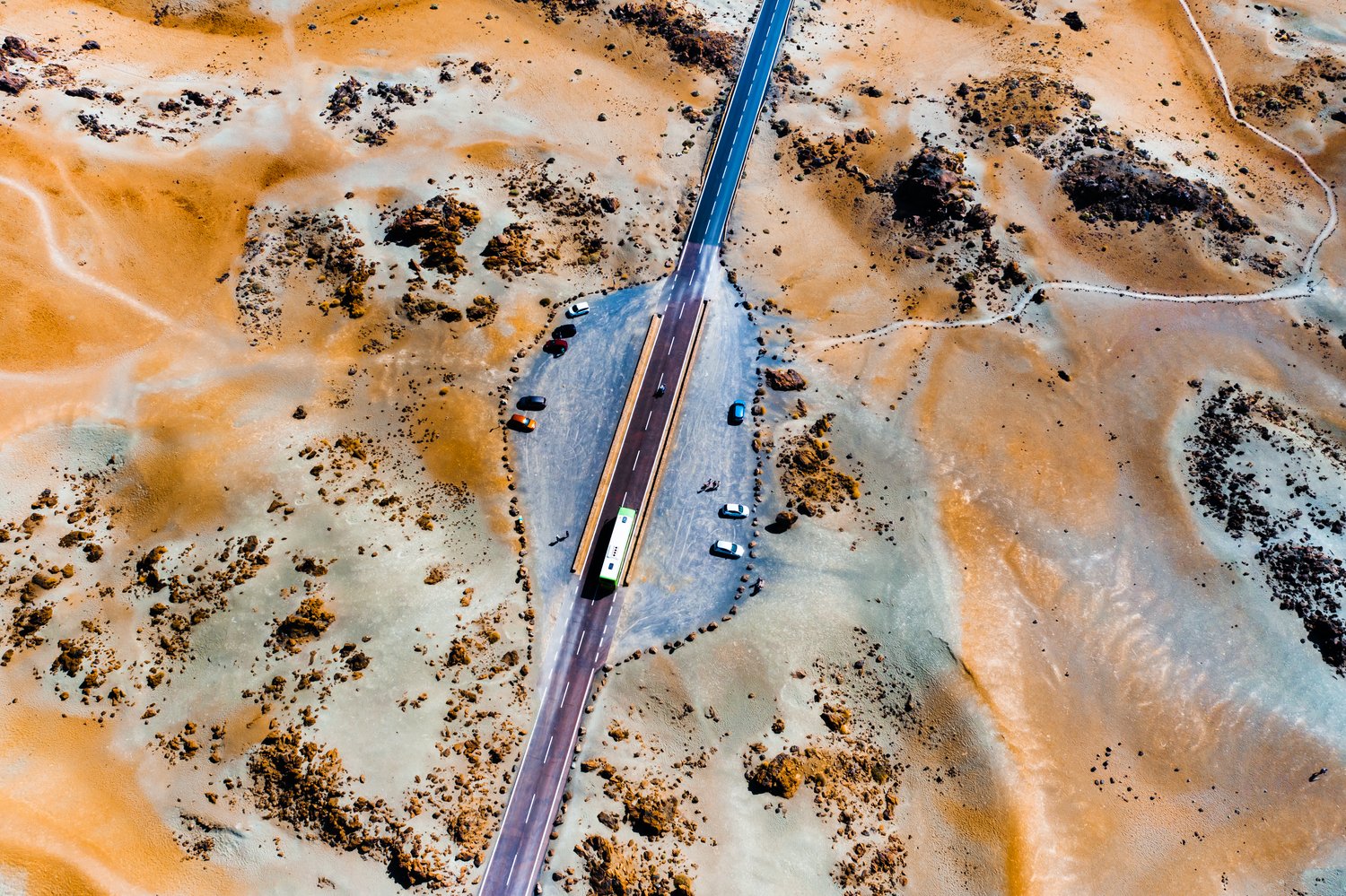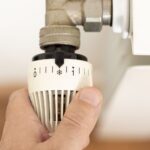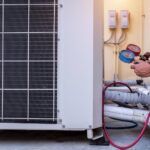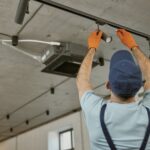Water leaks aren’t just small plumbing nuisances; they’re silent destroyers that can wreak havoc on your home and wallet. The ability to spot hidden water leaks can save you from significant structural damage and skyrocketing water bills. Curious about how to detect these elusive culprits? Let’s dive into some eye-opening insights and actionable steps that will help you identify hidden water leaks effectively.
- Impact Awareness: Discover the severe implications of undetected water leaks and why prompt action is crucial to maintaining the integrity of your home.
- Recognizing Red Flags: Uncover common signs indicating potential water leaks, such as damp spots and unexpected surges in water bills.
- Tools and Techniques: Explore advanced tools like thermal imaging cameras that simplify the process of locating hidden leaks.
- DIY Leakage Detection: Learn practical DIY methods for identifying leaks, empowering you to tackle minor issues before they escalate.
By understanding the significance of timely leak detection and employing effective strategies, you can safeguard your home against water-induced damages and save on repair costs. Continue reading to arm yourself with the knowledge needed to keep your plumbing system leak-free.
Understanding the Impact of Finding Hidden Water Leaks
It is essential to locate and repair hidden water leaks in your home promptly. Left unchecked, these leaks can lead to significant structural damage. Water can seep into walls, floors, and foundations, compromising the integrity of your property over time.
Another critical consequence of unnoticed water leaks is an increase in your water bills. Leaks allow water to escape continuously, often going unnoticed while inflating your monthly utility costs. Identifying and fixing leaks not only saves you money but also conserves water, a precious resource.
Addressing these plumbing issues as soon as possible not only prevents immediate damage but also extends the lifespan of your plumbing system by avoiding further strain and deterioration. Investing time in detecting leaks ensures you’re taking proactive measures to protect your home’s value and inhabitability.
Signs You Have a Water Leak
Identifying the signs of a water leak early can minimize damage and reduce repair costs. One of the most common indicators is an unexplained increase in your water bill. If you notice an unexpected spike, it might be time to investigate further for leaks.
Additionally, damp areas on walls or floors can signal the presence of a hidden leak. These spots are often cool to the touch and may lead to the development of mold, which poses health risks and requires costly remediation efforts.
Other signs include the sound of running water when all faucets are turned off or a decrease in water pressure. By paying attention to these subtle indicators, you can catch water leaks early and prevent more extensive damage to your home.
Tools and Techniques for Finding Hidden Water Leaks
Hidden water leaks can be elusive, yet they pose significant risks to your home. Detecting these leaks early is crucial to prevent potential water damage and inflated utility bills. Various tools and techniques can aid in uncovering these concealed leaks effectively.
Listening Devices: One of the most common methods involves using electronic listening devices. These devices amplify the sounds of running water within pipes, making it easier to pinpoint the location of a leak. By placing the device along walls or floors, you can detect anomalies in the sound that suggest a leak.
Thermal Imaging Cameras: Another advanced tool is the thermal imaging camera. These cameras detect temperature variations behind walls or floors, revealing moisture patterns that indicate a leak. The camera translates these temperature differences into an image, highlighting areas where water may be present without requiring physical access to the pipes.
Utilizing these modern techniques not only helps in finding hidden leaks but also prevents unnecessary damage to your property during inspection.
DIY Approaches to Finding Hidden Water Leaks
For homeowners who prefer a do-it-yourself approach, simple methods can also be effective in detecting water leaks. Here are a few techniques to consider:
Using Food Coloring: A straightforward method involves adding a few drops of food coloring to your toilet tank. If the colored water seeps into the bowl without flushing, it indicates a leak in the toilet’s flapper valve.
Checking Water Meter Readings: Another effective DIY approach is monitoring your water meter. Start by noting the initial reading on the meter. Avoid using water for a few hours and then check the meter again. Any significant change in the reading may suggest a hidden leak somewhere in your system.
These DIY methods not only empower you to identify leaks but also help you maintain a vigilant watch on your home’s plumbing health.
Preventing Future Water Leak Issues
Proactive maintenance of your plumbing system is essential to avoid the hassle and expense of water leaks. By implementing a few key practices, you can significantly reduce the risk of leaks and ensure your plumbing stays in optimal condition.
Regular Inspections: Conduct periodic inspections around the house to catch any signs of potential leaks early. Check exposed pipes in basements, attics, and under sinks for any moisture or corrosion. Including these checks in your regular home maintenance routine can help identify issues before they escalate.
Invest in Pipe Insulation: Insulating your pipes is crucial, especially in colder climates. Proper insulation can prevent pipes from freezing and bursting during cold weather. This simple measure protects against one of the most common causes of sudden leaks.
Maintain Water Pressure: Consistently high water pressure can put stress on your plumbing system, leading to leaks. Use a pressure regulator to maintain safe and even water pressure throughout the home, thereby extending the life of your pipes and fixtures.
Upgrade Outdated Plumbing: If you live in an older home, consider upgrading old plumbing components. Many older pipes are prone to deterioration, which increases the risk of leaks. Replacing them with modern, durable materials helps prevent issues before they start.
Install a Water Leak Detection System: Modern leak detection systems can alert you to leaks before they cause significant damage. Installing these systems provides peace of mind and can save thousands in potential repairs by catching leaks early.
By following these best practices, you can effectively protect your home against water leak issues. Regular maintenance not only prevents damage but also contributes to the overall efficiency of your plumbing system, helping you avoid costly repairs.
Frequently Asked Questions about Finding Hidden Water Leaks
How do I know if I have a hidden water leak?
Look for signs such as unexpectedly high water bills, damp spots on walls or floors, and sounds of running water when no taps are open.
What tools can help detect water leaks?
Consider using listening devices and thermal imaging cameras to locate leaks.
Can I find hidden water leaks myself?
Yes, try DIY methods like checking water meter readings or using food coloring in toilets.
What are the risks of leaving a water leak unattended?
Unaddressed leaks can cause significant structural damage and lead to higher utility bills.
How can I prevent future water leaks?
Regularly inspect and maintain your plumbing system and replace worn-out fixtures promptly.





